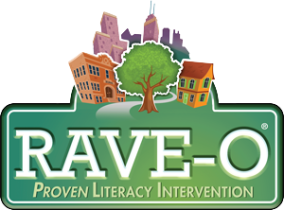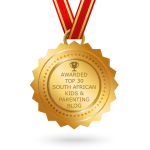It is important to understand the type of word finding difficulty and the reasons for the word finding difficulty in order to provide effective strategies for the child.
As discussed in my previous post, there are 2 types of word finding difficulties. Both strategies should be employed in order facilitate optimal word retrieval.
Semantic Strategies
This refers to using a context/meaning cue around the word you are looking for. Sometimes you are able to provide other words that are similar to the word you are trying to think of and this helps you retrieve the word.
Building a child’s semantic knowledge will facilitate word retrieval.
1. Associations
Start with a word and the next child must provide an word that is associated with that word. Continue for as long as you can. E.g. plane – car – motorbike – bicycle etc. If you are not sure if the word is associated then ask the child to explain the reason for the association.
2. Opposites
A fun way to teach and work on opposites is through the age old memory – card game. Instead of having matching pairs, have opposite pairs.
Use a series of pictures and instead of naming the picture, get the child to give the opposite as quickly as he can. Time him and encourage him to improve on his own time.
Play Simon Says as a word game. The child has to say the opposite of what you say. For Example “I like going to school early” / “I hate leaving to school late”
3. Synonyms
Build synonym word lists with your child. This can be done in a little book . Encourage them to draw a picture to represent the word. When doing homework sentences, refer to the synonym book to encourage expansion and use of new vocabulary.
3. Categorisation
Use pictures or objects and get the child to sort them into the correct category. Cutting up pictures from grocery store adverts works well.
Games such as “I went to market” can be played using specific categories only.
Have the child name as many things that belong in a category as possible in a limited time. Discuss additional objects that belong in the category and then do the task again.
Commercial games such as “The Bomb Game” encourage category naming.
4. MadLibs and Cloze Tasks
Mad Libs is a word game where one player prompts another for a list of words to substitute for blanks in a story. The resultant story is often comical.
Leave out words when reading to your child and encourage them to fill in the correct word. This is not only beneficial for retrieving the correct word, but also encourages the child to pay attention to specific details of the sentence.
5. Multiple Meaning Words
Making children aware of multiple meaning words results in improved vocabulary knowledge and flexibility. Try and be aware of these words and discuss them with your child. For example the word ‘box’ can refer to a container or a sport.
6. Riddles
Playing riddle games where you describe the features of the word also helps build the child’s ability to store and retrieve new vocabulary.
For example: I am thinking of something that is made of metal and fabric. It has a handle. It can come in many different colors, They are long and thin when closed. It can be opened. It is used outside. It is usually used to prevent you getting wet but can also be used for shade.
Commercial Games such as 30 seconds require a child to describe characteristics of a word and is great for word retrieval. I usually play this with an extended time limit
Phonemic Strategies
Sometimes, you suddenly realize that the word starts with a particular sound and saying the sound helps one retrieve the word. This is called a phonemic cue.
1. Initial Sound
Giving the beginning sound of the word often helps to retrieve the word. Sometimes if it is a name, giving the initials helps retrieve the name.
2. Rhyming words
Sometimes giving a rhyming word helps to trigger the word.
Word finding abilities can be improved with use of the above strategies and games. Some of the strategies will be more successful than others for your child. Each child is different, so watch carefully as you work with him and observe which strategies seem to help him the most.
Make your child aware of the strategies that you are using to help him so that in time he will learn to cue himself.











Recent Comments